I have a strange and obsessive love for the Tupolev Tu-154. How obsessive, you ask? Well, take a look at my model cabinet. That’s right. I own every possible Tu-154 model out there. I even have a few custom ones on order.
I seek out 154s to fly on; I have three lined up this year.
So, what makes this plane so awesome? Well, I was going to do an article last year about what it was like to fly on an 154M, but then Jacob flew on a better M on almost the same day. So we’ll have to wait for the 154Bs later this year (the older, rarer version of the 154).
Until then, let’s discuss the history of this aircraft.
The medium-range weapons platform better known as the Tu-16 is an aircraft that helped to define the Soviet aircraft design world, and it would have been a completely different, and poorer, place without it. You see, with the first flight of the De Havilland Comet in July of 1949, the Soviets felt inferior. They had no passenger jet aircraft. This had to be rectified, and of course (as it almost always did) the task landed on the desk of the head of the Tupolev Design Bureau (aka OKB-156).
The Tu-16, being a great medium-range jet bomber, proved an easy base for a jetliner. The Tupolev team was able to react with great speed and create the Tu-104. The Tu-104 entered service with the state-run airline Aeroflot on September 15, 1956, about a year after the commencement of flight testing.
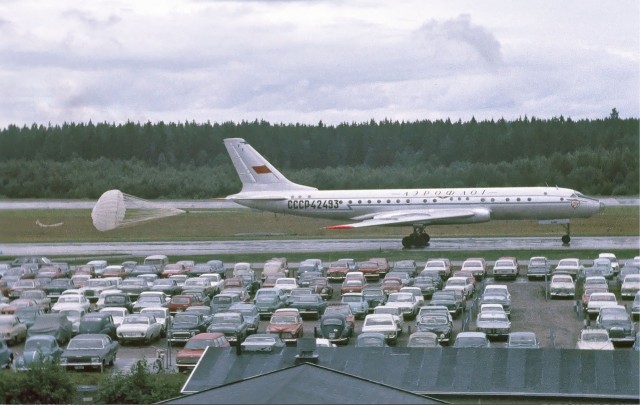
Don’t we all wish modern planes had drag chutes? The Tu-104s did – Photo: Lars Sà¶derstrà¶m | WikiCC
The Tu-104 was a runaway success in the Soviet Union. So successful that the Soviets considered a four-engined export model dubbed the Tu-110.
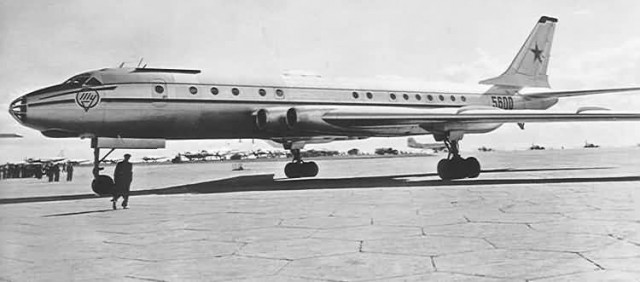
Four AM-3 engines do not make for an efficient passenger aircraft – Photo: Walter van Tilborg Collection
They also created the world’s first regional jet, the Tu-124. While the Tu-124 was the world’s first turbofan passenger aircraft, it had some flaws.
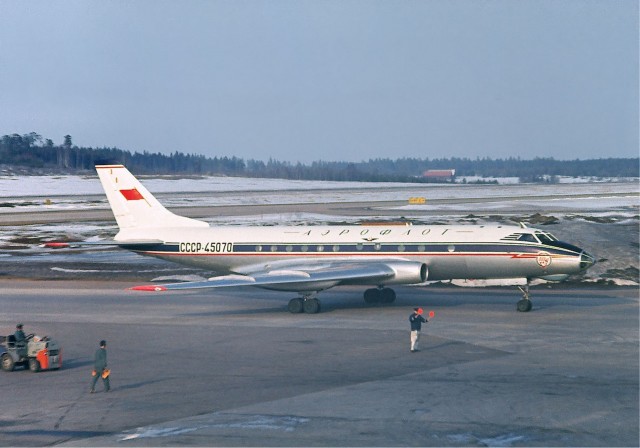
An uncomfortable aircraft I’d have love to have flown on. This Tu-124 was captured at Arlanda Airport, Stockholm – Photo: Lars Sà¶derstrà¶m | WikiCC
Not minor flaws, either. The fact of the matter was that wing root engines, combined with the short fuselage, made the plane a very jittery ride for passengers. The Soviets didn’t care about such things as comfort, except for the fact that the vibrations were so amplified that they affected the fatigue life of the aircraft.
What was Tupolev to do with this problem? He had a perfectly good fuselage (albeit 3/4 the size of the Tu-104). He also had (mostly) useful wings. It was just the engine placement that was not only causing undue vibration, but also ingesting a lot of of debris on the lesser-prepared airfields the Tu-124 was being sent to.
Seems like a simple solution, yes? Along with improved D-20 engines from Soloviev, Tupolev moved the engines to the rear of the fuselage and adopted a T-tail configuration. The Tu-134 became one of the most successful Soviet aircraft designs, and is also a joy to fly on.
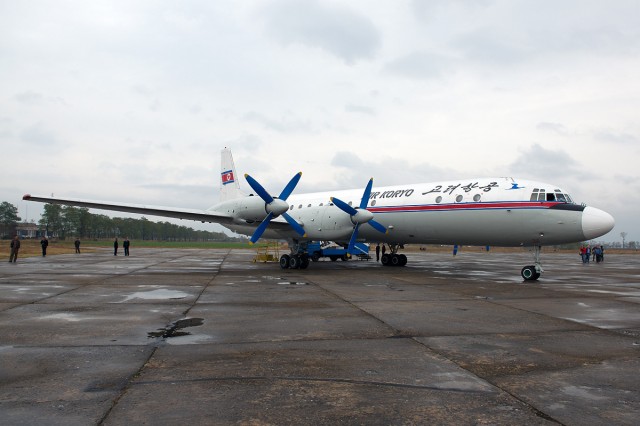
There are still IL-18s to be found; I suggest flying on one – Photo: Bernie Leighton | AirlineReporter
So, the Soviets had short-haul jet travel down to an art, but anything longer range was still the realm of the Il-18, the An-10, and the aging Tu-104. Not the image you want the sole airline of your republic to project when the goal was to show an external image of modernity.
Thankfully, the Tupolev Design Bureau had been exploring a medium-range passenger jet since around the middle of 1963. Under the auspices of Sergey Yeger, a study was done to see what could be done with the Tu-104.
Not an uncommon thing to do, but the result was a completely new aircraft. The (never-built) model D was a Tu-104 in name only. To be powered by the brand-new Kuznetsov NK-8 turbofan, this six-abreast airframe was going to be a tri-jet. At the time, the NK-8 had no thrust reverser, but they did feature a triple-lobe noise attenuation system. As all aircraft did at the time, the plane would feature a glazed navigator’s station in the nose and a chin-mounted weather/navigation radar.
Pulling the engines out of the wingroots naturally improved the aerodynamics of this Tu-104D, but unfortunately, the commonality with the Tu-104 meant that the wing spars would extend into the cabin and create a rear-cabin hump in which five windows were much higher than their counterparts. To accommodate this, there were to be stairs in the cabin that passengers would be prone to trip on. This was, of course, rectified in later Tupolevs.
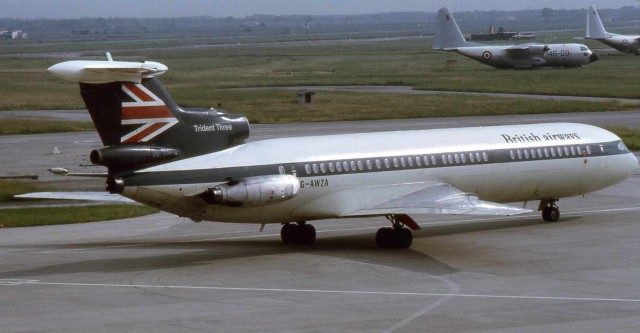
Doesn’t really look like a Tu-104D or Tu-154, but you know how Westerners are? Photo: Piergiuliano Chesi
The proposed Tu-104D resembled the Hawker Siddeley HS121 Trident, and even the 727. Was it copying? I don’t think so.
It just so happens that rear, clean-winged, aircraft had a lot of advantages in terms of take-off performance, cruise performance, and passenger comfort. The rear wing configuration also made the aircraft’s center of gravity much more particular, but we’ll get to that later.
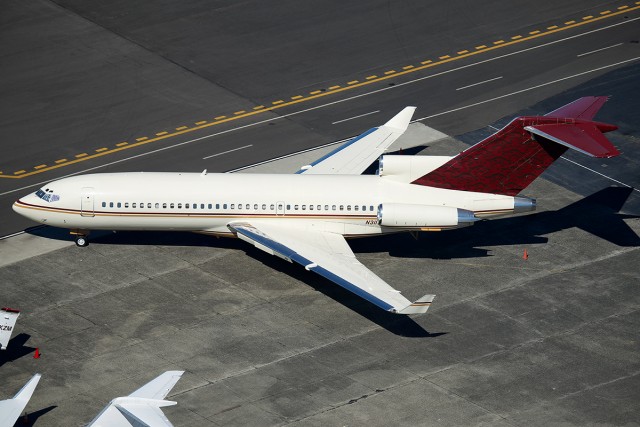
The 727 sure looks more like a Trident than a Tu-154. Just saying. Photo – Bernie Leighton | AirlineReporter
In 1964, the Soviet government was starting to understand the importance of a medium-range jet airliner and a competition was afoot. Because of this, the Tu-104D was given an entirely new designation: Tu-154.
Why so many fours in Tupolev branding history? The answer is actually not that exciting. The Tu-104 was such a success it was seen as good luck to continue with using a”4″ in the designation.
The Tu-154 existed, on paper, as three variants – each of them fatter than its predecessor to allow more underfloor cargo. All of them would also feature a novel landing gear system, with six-wheel main bogeys and a suspension system not dissimilar from that of the Tu-22.
Variant one borrowed the nose glazing from the Tu-134 as well as its radar and communications suite. Variant two had a solid nose with a dielectric portion to allow radar waves to pass through in lieu of a glazed navigator’s station. It would also alter the tailcone to be something more reminiscent of a 727 rather than the unflattering oblique angles of the Tu-104D. Version three was the most peculiar. Rather than being a trijet, it would have had four Soloviev D-20 engines mounted in pairs on the back, while maintaining the lines of variant two.
Unfortunately for this version, the thrust output of four D-20s was less than three NK-8s by no small margin (~12,000lbst). It soon met its end, as did version one. After all, electronics were becoming more reliable. Gone, too, was the peculiar half-dielectric nosecone. The Tu-154 was really shaping up. Curiously, it was still missing any starboard doors.
On August 24, 1965, the council of ministers issued an edict to Tupolev demanding the construction of the Tu-154 as an aircraft to be powered by three Kuznetsov NK-8-2 engines (lighter and more efficient versions of the -4s found on the Il-62). It was to have a maximum range of 4,350 miles while also being able to takeoff at max weight from what the Soviets called “Class B” airfields. Class B meant a runway length of up to 8,530 feet with varying surface quality.
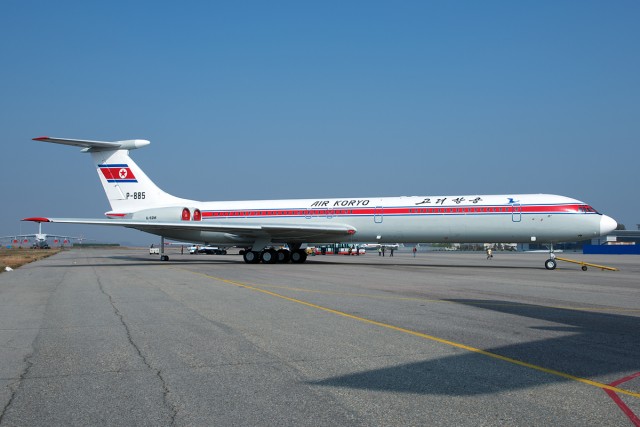
A late-model Il-62M. Now imagine this but as a trijet and you have an Il-74 – Photo: Bernie Leighton | AirlineReporter
Now, of course, the Tu-154 did not exist in a vacuum. Ilyushin was working on a scaled-down Il-62 called the Il-72. Even the Ministry of Aircraft Production realized this was a bad idea and told Ilyushin to go home. Four engines were just not economical for a medium-haul airliner.
In 1966, Ilyushin re-entered the fray — rather half-heartedly. The IL-74 was to be a 144-seat tri-jet powered by Soloviev D-30I engines (from a family of engines that would go on to power both the Il-62M and Tu-154M). Not only that, but other than the “I” (for Ilyushin) these engines were the exact same as what you would have found on a production Tu-134. In fact; other than one less engine and a slightly shorter fuselage; it was an IL-62.
Despite the better engines, it was still much too heavy on take off, and slower. It also lacked autopilot, more advanced vortex generators, and the latest in hydraulic control systems. The Ministry of Aircraft Production wisely picked the Tu-154 once more.
At this stage, the Tu-154 was to be a 158-seat aircraft. On top of that, it was to be assembled in the Moscow Khodynka factory. Unfortunately, the factory was burdened by large orders of interceptors and could not handle the workload. Instead, Aircraft Plant 18 in Kuibyshev (now Aviakor in Samara) was given the task. The NK-8s would be assembled by a power-plant manufacturing company in Kazan.
The first flight occurred on October 3, 1968, and testing would last three years. If it seems like an extended test program, it was.
During the 1969 Paris Air Salon, the Tu-154 prototype made an appearance. The West was harsh. Dubbed by NATO as “Careless,” others called it the “727ski.” The most faint praise they could damn it with was that, apparently, the Soviets had no regard for contemporary aerodynamics.
Testing was not exactly incident-free. It never killed anyone, true, but the door latches would sometimes not fully function. This was fixed more-or-less, but around the later half of 1972, in an odd turn of events, Tupolev and the Soviets reached out to Boeing to license the 737 door. In 1973, exactly one Tu-154 (CCCP-85032) was built with these foreign-designed doors. Sadly, it was recently destroyed by vandals.
Meanwhile, in what we now call Samara, they were trying to adapt plans for a different factory production system of their own. It was slow going. The first psuedo-batch of pre-production aircraft were not up to scratch. They would eventually enter service, but not without a great deal of post-manufacturing re-jigging with assistance from Tupolev. The next batch of ten came off the line in much better shape. Naturally, there were some changes.
Unfortunately, not all the flaws were ironed out prior to serial production. The Tu-154 used the latest materials and aerodynamics research from TsAGi to create a high-lift, but very comfortable, wing. The flexibility of this wing made the original Tu-154s and Tu-154As as graceful as an albatross to fly on. Sadly, and especially in the case of the increased gross weight A model, the wings were prone to extreme, and early, fatigue. This was the result of an improperly tested aluminum alloy. While this was rectified in heavy maintenance checks, clearly this could not be sustained on new production aircraft. What could not be rectified is that the aircraft was roughly 22,040lbs overweight before entering service, and in order to get the aircraft down to its specified weight, Tupolev had aggressively under-engineered other flight-critical surfaces as well.
Enter the Tu-154B.
The Tu-154B fixed all the issues with the both the sans-suffix model and the A. Other than the fact that the NK-8s were still extremely-thirsty engines, they could get the aircraft to 40,000 feet in about eight minutes from rotation. The B begat the basis of the more popular modifications, the B-1 and the B-2. The B-1 was a simple redesign of cabin monuments and seat rails allowing an expansion of capacity from 144 to 160. The B-2 was also of the higher-capacity variety, but allowed for easy conversion into a lower-capacity multi-class airliner.
By 1977, the Ministry of Aircraft Production and Tupolev both came to the same conclusion: The Tu-154 could be improved. After all, the Kuznetsov NK-8s were burning an obscene amount of fuel and there was also a new engine — the Soloviev D-30KU, of IL-62M fame.
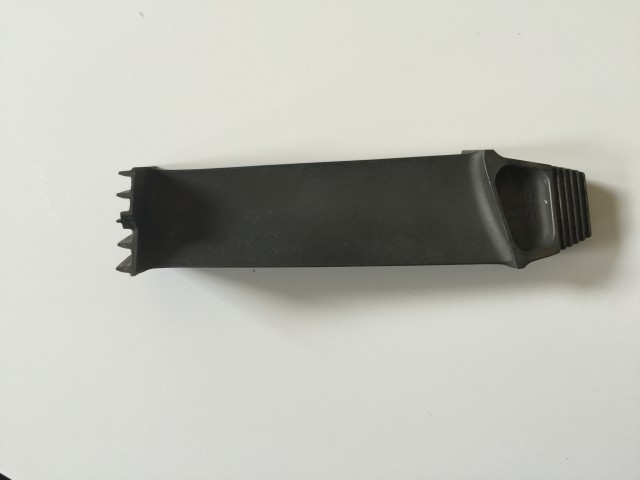
I have a lot of strange things in my reliquary. This is part of a Soloviev D-30KU once affixed to a Tu-154 – Photo: Bernie Leighton | AirlineReporter
It had nearly double the bypass ratio of its predecessor, and 20% better fuel burn. Great news, as the goal of the M was to make the aircraft much less thirsty. This also included some interesting aerodynamic tweaks. The Auxilliary Power Unit (APU) was moved from above the number two engine to below it, removing the parasite drag from the unusual bulge that was once above the number two engine’s nacelle. This version was a huge, international, hit.
It was the most successful Soviet and Russian airliner ever produced, with 1026 copies made.
Some of which are still in service today. My goal is to fly on all of them. Stay tuned.
Comments are closed here.
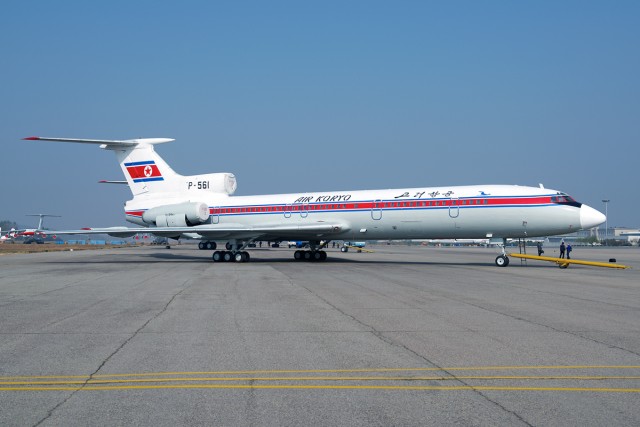
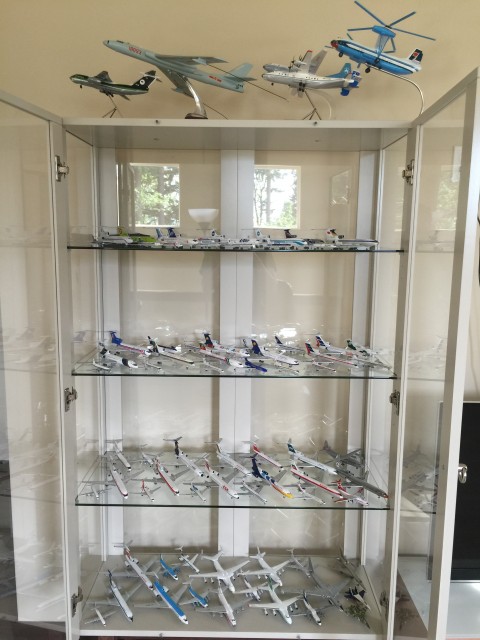
![A maritime recon. variant of the Tu-16 gets photographed by the U.S Navy. Photo- unknown DefenseImagery.mil ID DN-SC-86-00466 [1]](https://www.airlinereporter.com/wp-content/uploads/2015/05/Tu-16_Badger_E-640x454.jpg)
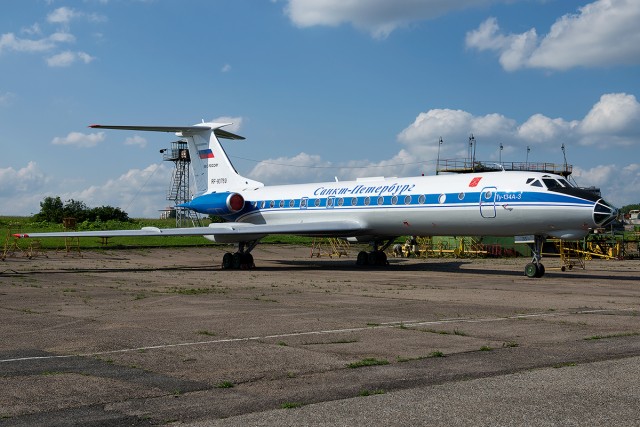
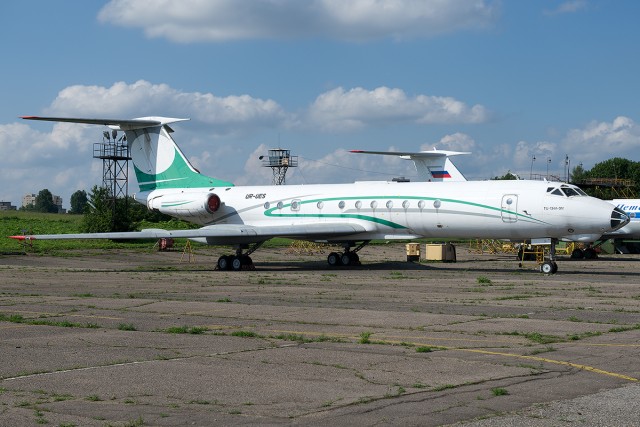
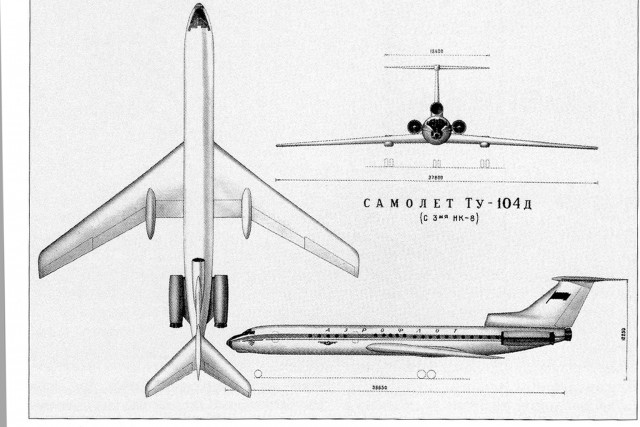
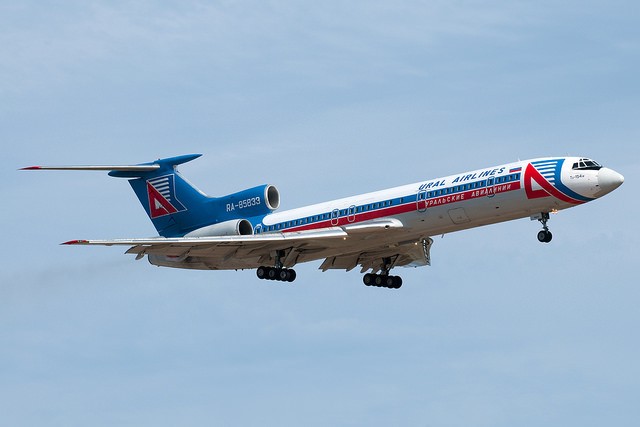
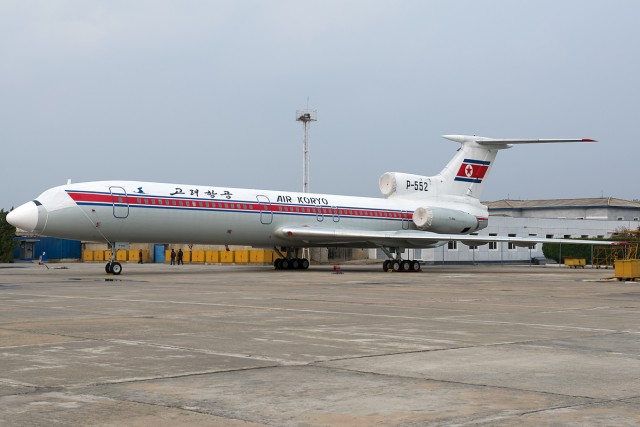
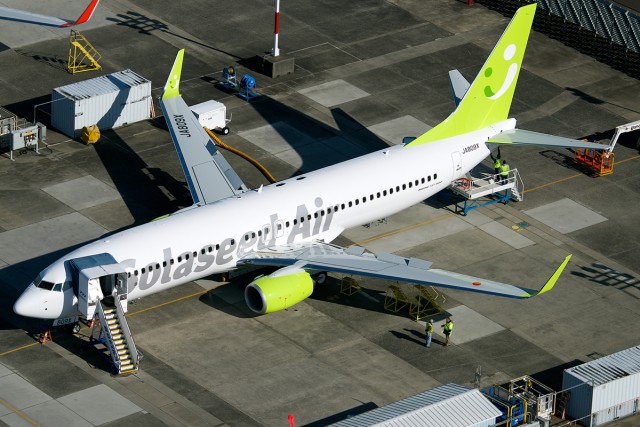
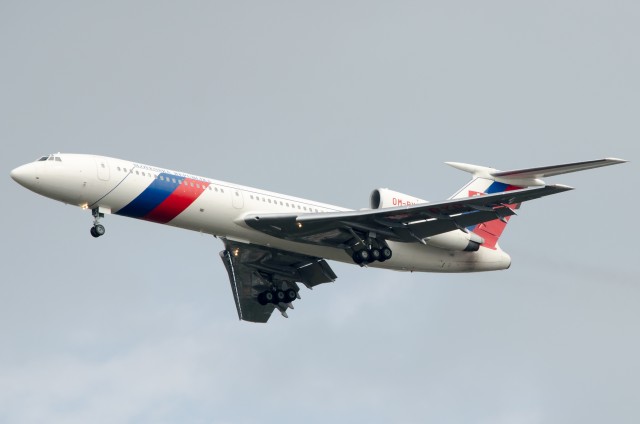
An almost 4-hour documentary was filmed on the history of Tu-154 development, building, testing and flying (in Russian). http://www.aviascope.com/2015/05/11/tu-154-moya-legenda/
Well, the second I have reliable internet again: there goes my afternoon!
What?! A video Tu-154 documentary that you haven’t seen before Bernie?
David, AirlineReporter
Well, don’t blame him, ’cause the film is in Russian and I doubt there is an English translation.
Very interesting article. Always want to know more about the evolution of Russian civilian aircraft, thanks for sharing.
Great article. Flew the aircraft many years ago.
But just want to know where you purchased your model cabinet?
Thanks.
It’s a Stockholm from Ikea.
Very nice article. I too have a rather big love affair with these planes. Are you willing to share the details on those three tu154 flights you are looking at? I’ve been trying to organize to fly on one but never have much luck.
Cheers!
Hi.
Check http://www.protu-154.org/ ir order to fly a complete simulation of the Tu-154B2 in FSX.
It’s free!
If only I was a flightsimmer! That looks like a lot of fun!
I would love to fly the TU-154. Who can tell me what airlines has this on in service for pasengers, and also how to find out on what route they are being used.
Regards
Nico
Maybe they took inspiration from the BAC 1-11 for the doors.
With age The TU-154 is becoming a dangerous
Mode of transportation more than 3000 people have lost their lives in a TU-154
The Tu-154 operated by the Russian Defense Ministry en route to Syria must be attempting to take off without its flaps and slats extended to proper take-off configuration. The Tu-154″s instability and sudden roll was consistent with known performance of the Tu-154 with the flaps and slats retracted.
The captain may be continued to pull back on the control column in an attempt to keep the Tu-154″s nose raised, which might have created turbulence over the rear-mounted engines and caused the compressor surges. However, the compressor surges would not have significantly reduced the engines” thrust, and that the Tu-154″s failure to gain speed was due to aerodynamic drag on the aircraft due to the high angle of attack, rather than a loss of engine thrust.
I too have an attraction to this airplane, my father worked for Pan Am and I have flown on Constellations, 707s, 720s, 727s 747s, etc, and I had my own Cessna 150 and Piper Cherokee. Now I like to sit and listen to jet noise, and I love the sound of these Tu-154s and the Tu-134s . Where can I go to actually take a ride on a real one?
I also build model planes and ordered both the 134 and 154 by zvezda
To: Bernie Leighton
Do you know were I can found as much
information as possible about the Tupolev-124 ?
Regards // Lasse from SWEDEN.
The last 154 flight in the west was the Russian charter with the musicians aboard who all died in the Mediterranean crash. The only others I know of are flown by Air Koryo of North Korea but they may also be gone as they have newer TU-204’s as replacements.